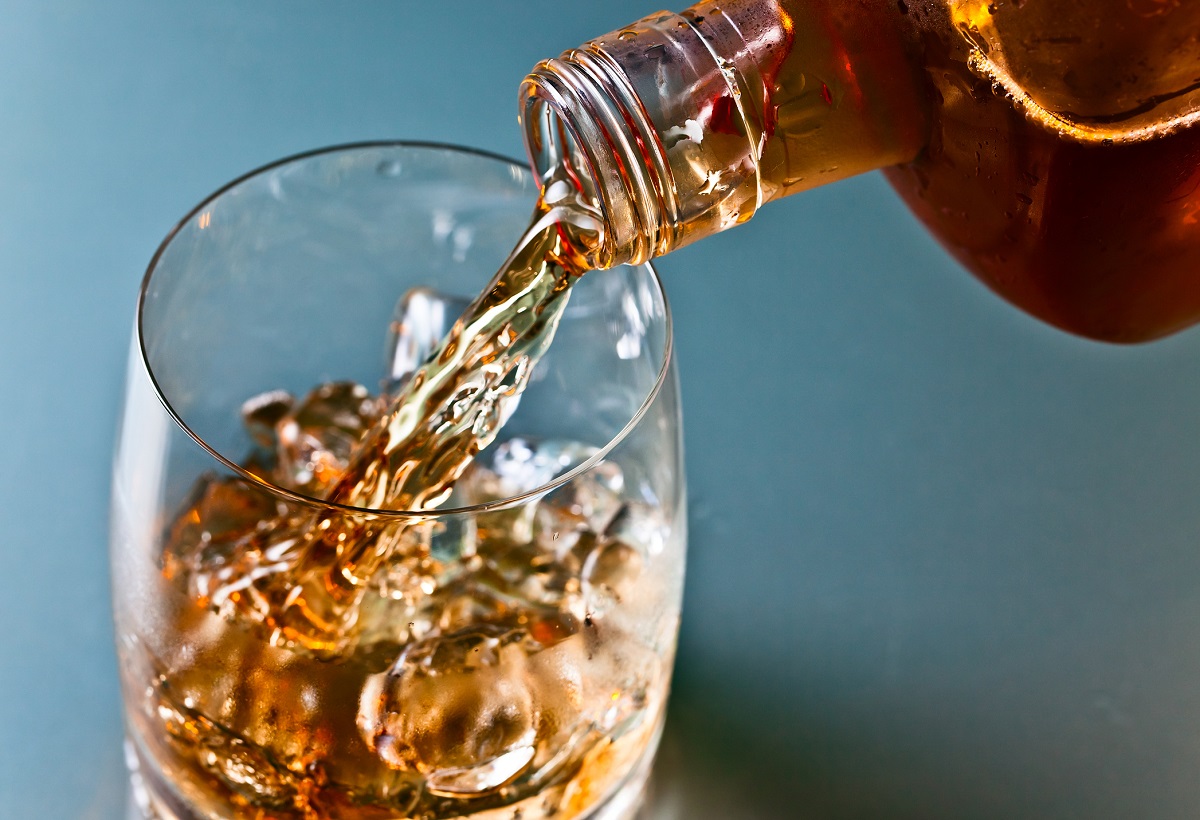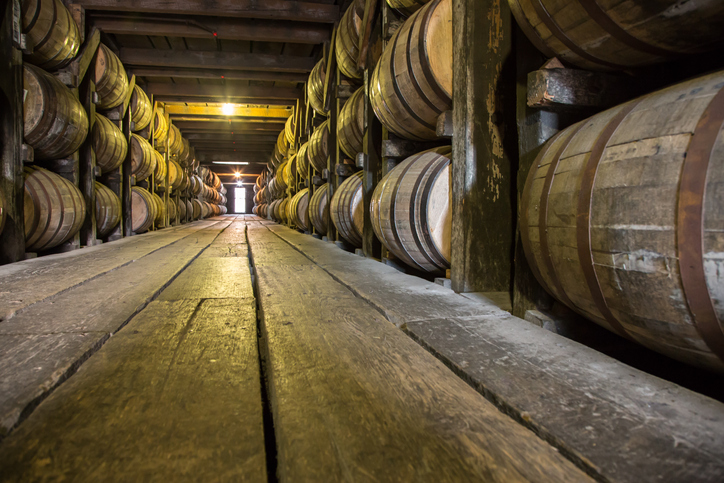10 Things You Never Knew About Rum
by Stephanie Koathes Feb 17, 2020

If you ask someone who’s not from Jamaica what they know about the island chances are they’ll mention beaches, athletes, and reggae. Oh, and also rum. Jamaica is known the world over for having some great rum.
“Jamaica has a long history with rum, and it is intrinsically woven in our culture,” said Tourism Minister Edmund Bartlett in a statement.
The Jamaica Rum Festival was created to showcase this well-known gastronomic delight.
The festival, which will be held over two days at the end of February, is a celebration of all things rum and brings together several leaders in the country’s spirits industry. Check out our Ultimate Guide to the Jamaica Rum Festival 2020 for more information.
To get you into the festival spirit, we’re sharing a few facts you probably didn’t know about rum.

1. Rum was the first spirit to be manufactured and distilled for enjoyment rather than medicinal purposes. It was first distilled in the Caribbean in the 1620s.
2. The Mount Gay Distillery in Barbados is considered the oldest rum distillery in the world dating back to 1703. The Appleton Estate, which dates back to 1794, is the second oldest rum distillery in the Caribbean.
3. While Mount Gay might claim the title of the oldest distillery, Jamaica was the first country in the Caribbean to produce rum on a commercial basis for export.
4. Rum is produced in several countries around the world, but 80% of this spirit is produced in the Caribbean.

5. You might think our local white rums are strong, but they have nothing on the world’s strongest rum. Suriname’s Mariënburg rum comes in at a whopping 90% ABV. It’s the strongest rum available commercially. St Vincent’s Sunset Very Strong Rum is a close second at 84.5%.
6. The Appleton Estate is nearly 300 years old. Rum production was first documented in 1794, but the Estate’s origins are thought to date back to 1655 when England captured Jamaica from Spain.
7. All Appleton Estate rum is produced on one estate in the Nassau Valley. This makes it is one of the few rums that can claim at terroir (a specific region’s climate, soil and terrain that affects the product). The Nassau Valley is located within a polje, a valley that is formed within a karst landscape where there is a river. The Appleton Estate is the only sugar estate in the world located within a polje.
8. In the British Navy, sailors used to receive a daily ration of rum. The “rum tot” as it was known was 1/8th of a pint of 95.5% proof rum given to the sailors at midday. It was believed to fortify the sailors and ward off scurvy. We’re sure not sure how much it strengthened them, but we imagine they enjoyed it! This practice was only abandoned in 1970.
9. Even angels enjoy a sip of rum. While rum is ageing in a cask, some of the liquid is lost to evaporation. The liquid that disappears is known as the “angel’s share”. While in colder climates this amount is around 1 to 2% in the Caribbean it is up to 7% of the cask’s contents annually.

10. People in the 1800s might have smelled like rum without even drinking it. Why? Rum was revered as a beauty product for its ability to thicken hair and would be poured over the hair and scalp rather than in a glass.
If that’s piqued your interest in rum, you’ll want to check out the 2020 Jamaica Rum Festival. Held over two days, 29 February and 1 March, the event features interactive seminars, food, and live musical performances.
Some of Jamaica’s biggest rum brands will be represented: Wray & Nephew White Overproof Rum, Sangster’s Rum Cream, Charley’s JB Rum, Monymusk Plantations Rums, Hampden Estate, Rum Fire, and Rum Bar.
Ticket prices are J$2000 pre-sold for each day and $2500 at the gate. You can also purchase a weekend pass for $3500 online at Touchstone Ticketing.
Remember to have a look at our Ultimate Guide to the Jamaica Rum Festival for all the information you need.
Sources: Thrillist, Reader’s Digest, Uproxx, Royal Westmoreland, World Rum Guide








